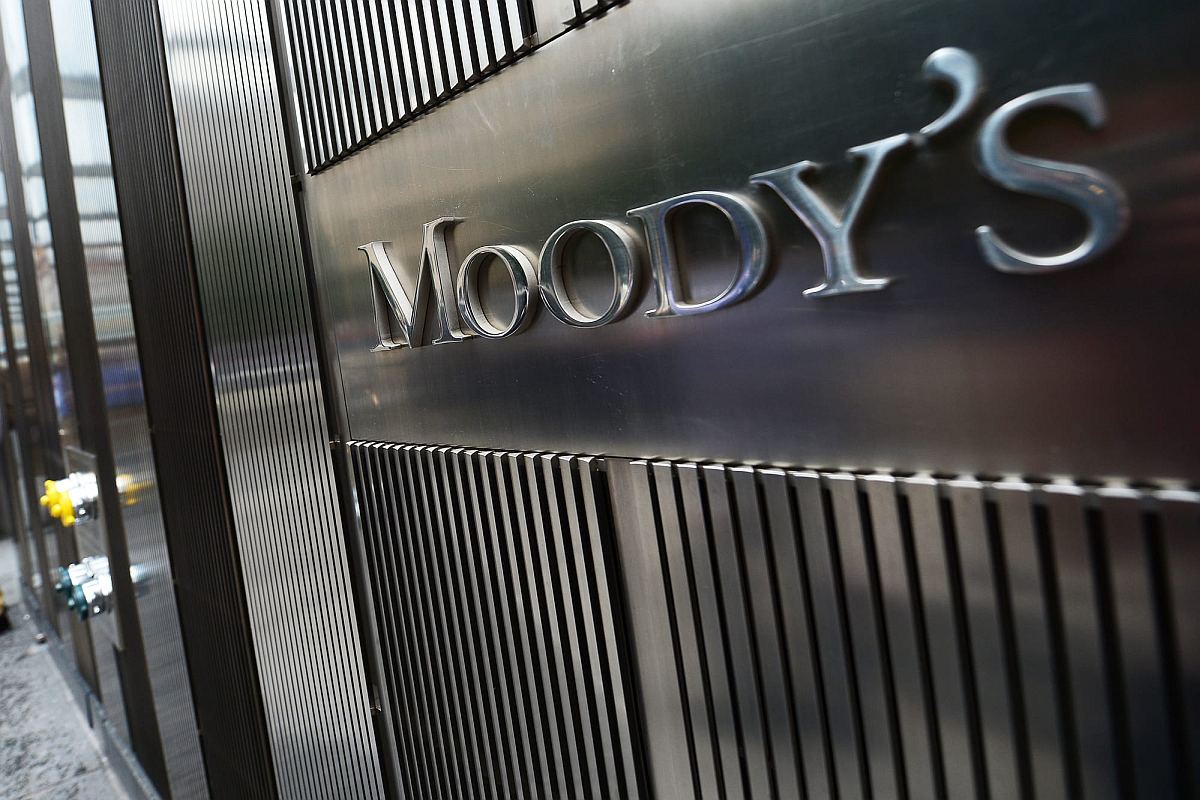India’s fiscal deficit for Apr-Nov recorded at Rs 8.47 trillion
In this period, the net tax receipts were at Rs 14.43 trillion, or 56 per cent of the annual target, compared with Rs 14.36 trillion for the same period last year.
Analysts across the board have been certain about the heavy economic toll that the pandemic will take on the country
PTI | New Delhi | May 8, 2020 1:06 pm

Moody's local arm Icra has pegged for a contraction of up to 2 per cent in the growth as a result of the crisis. (Photo: Getty)
Moody’s Investors Service on Friday said it estimates India’s GDP growth to hit zero’ in FY21 and pointed to a wide fiscal deficit, high government debt, weak social and physical infrastructure, and a fragile financial sector.
The quality of India’s economic growth has declined in recent years, demonstrated by financial stress among rural households, relatively low productivity and weak job creation, the agency said.
Advertisement
In its forecast for FY21, the agency estimated India’s gross domestic product (GDP) growth at zero, meaning the country’s economic growth will remain flat this financial year, and the same is seen accelerating to 6.6 per cent in FY22.
Advertisement
In its credit opinion which comes following the change in the forecast, Moody’s warned that the COVID-19 “shock will exacerbate an already material slowdown in economic growth, which has significantly reduced prospects for durable fiscal consolidation”.
Analysts across the board have been certain about the heavy economic toll that the pandemic will take on the country.
Moody’s local arm Icra has pegged for a contraction of up to 2 per cent in the growth as a result of the crisis, which has seen the country being put under lockdown for nearly two months to arrest the spread of infections.
Late last month, Moody’s had slashed its calendar year 2020 GDP growth forecast to 0.2 per cent.
Its negative outlook on the sovereign rating, which was revised last in November 2019 from stable’, reflects increasing risks that economic growth will remain significantly lower than in the past, it said, adding that this takes into account the deep shock triggered by the virus outbreak.
Meanwhile, India’s credit strengths include a large and diverse economy, favourable demographic potential and a stable domestic financing base to fund the government debt, it noted.
In March, the government had announced a relief package worth Rs 1.7 lakh crore, and there are speculations of another follow-up package in the offing.
These measures will reduce the depth and duration of India’s growth slowdown, but there is a probability of an “entrenched weakening” on prolonged financial stress among rural households, weak job creation and a credit crunch among non-bank financial institutions, it said.
Reform prospects, which can take care of some of the concerns with the Indian economy, have “diminished”, the agency said.
It further warned that a downgrade in the rating could happen if the fiscal metrics weakened materially, and made it clear that a “negative” outlook indicates that an upgrade in the rating is unlikely in the near term.
However, the outlook can be changed to “stable” if the fiscal metrics stabilise, it added.
Advertisement
In this period, the net tax receipts were at Rs 14.43 trillion, or 56 per cent of the annual target, compared with Rs 14.36 trillion for the same period last year.
Ransomware attacks are not only going to continue, but hackers are likely to target larger organisations through supply chain vulnerabilities, a recent report by Moody's said.
Centre hopes to surpass the direct tax target of Rs 22 lakh crore in the current fiscal year 2024-25, Central Board of Direct Taxes (CBDT) Chairman Ravi Agarwal said on Monday.
Advertisement
